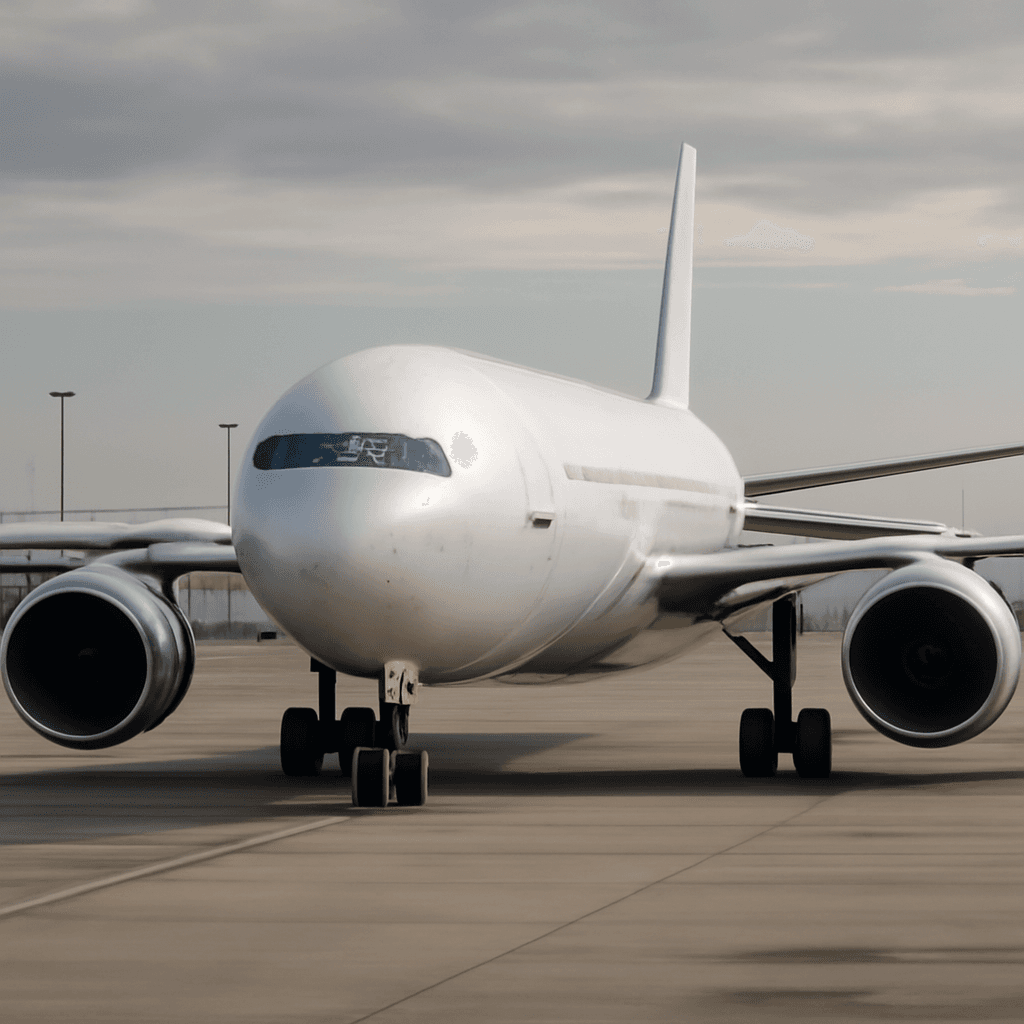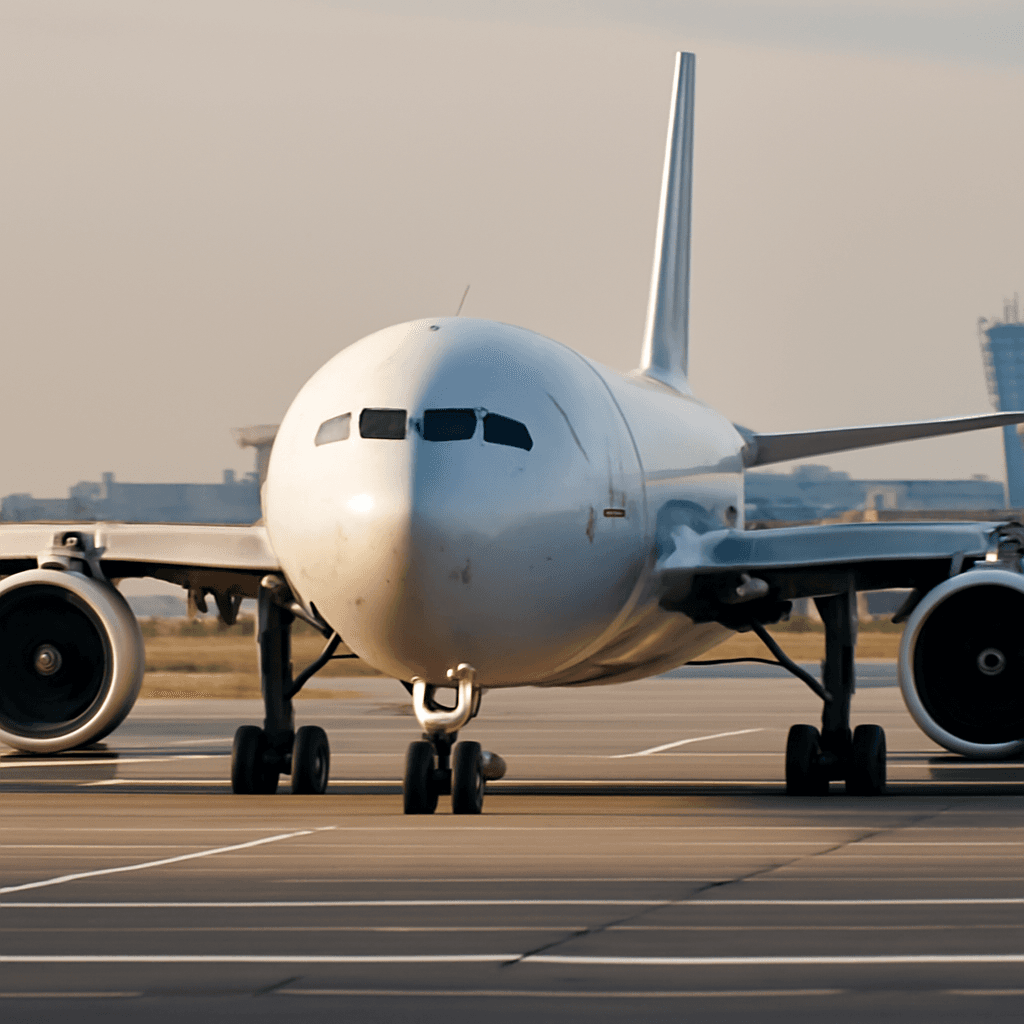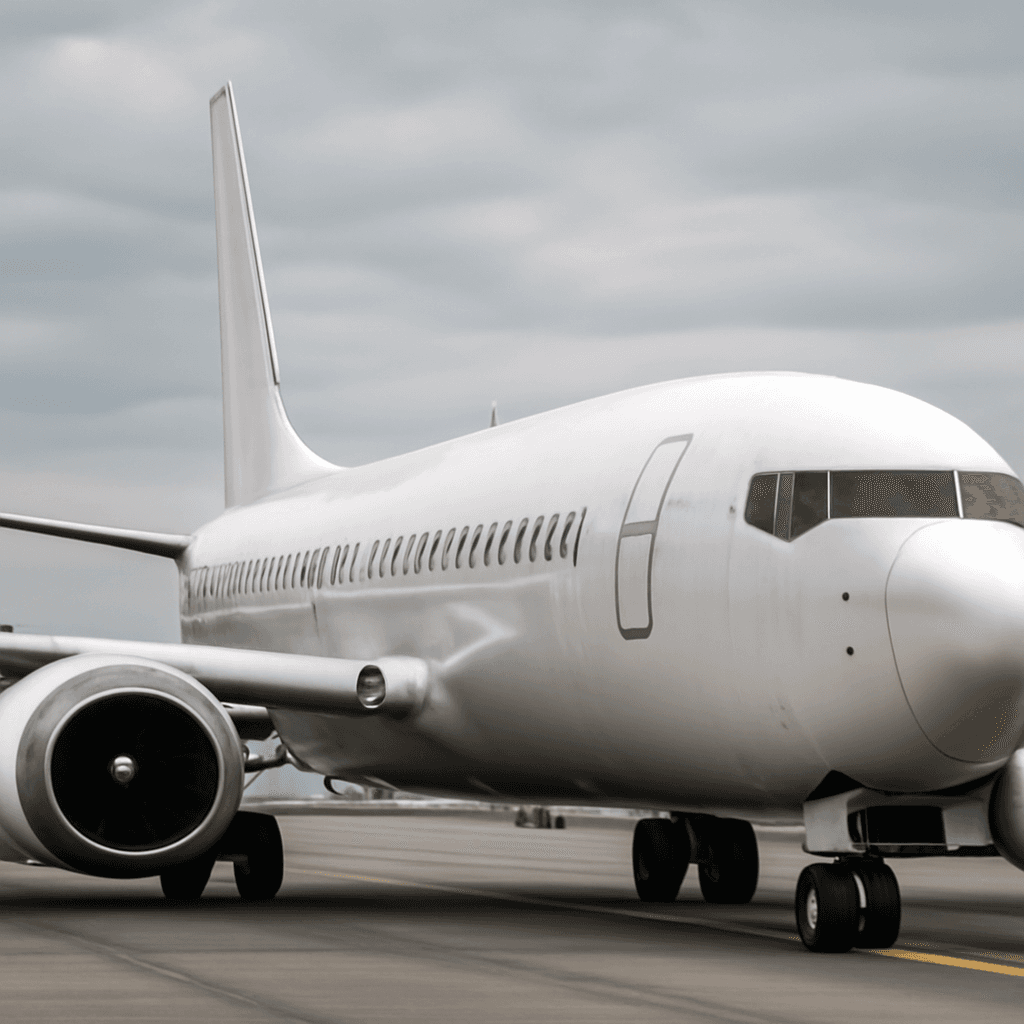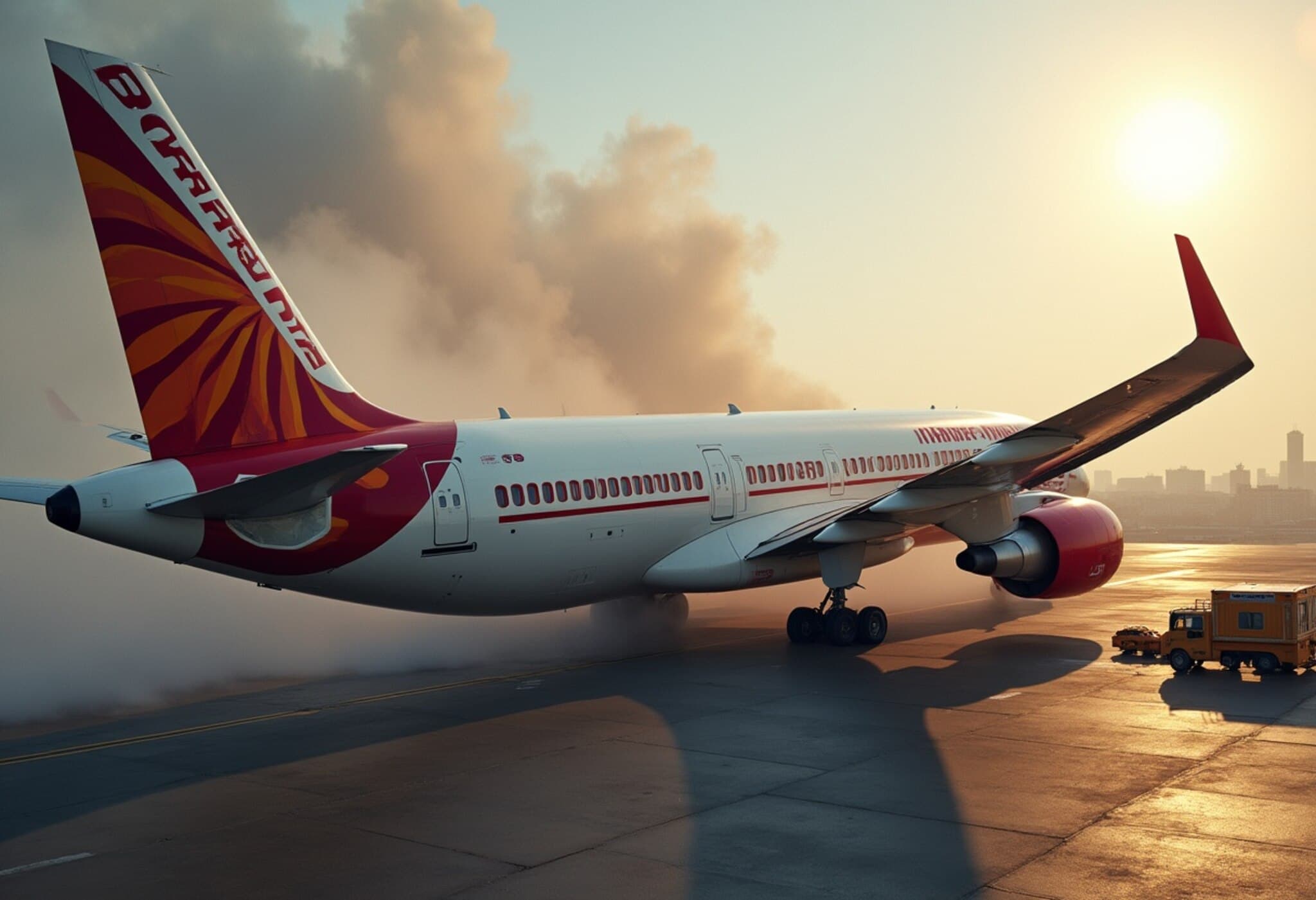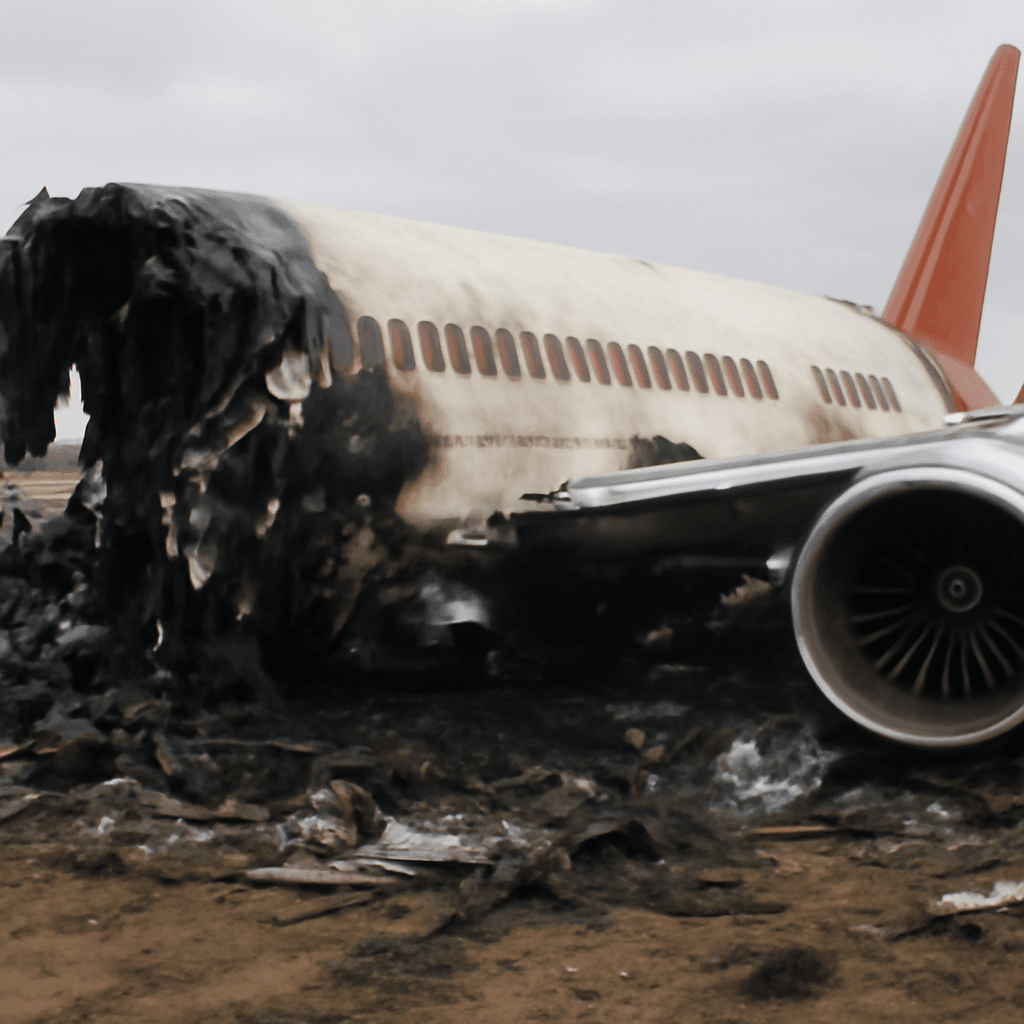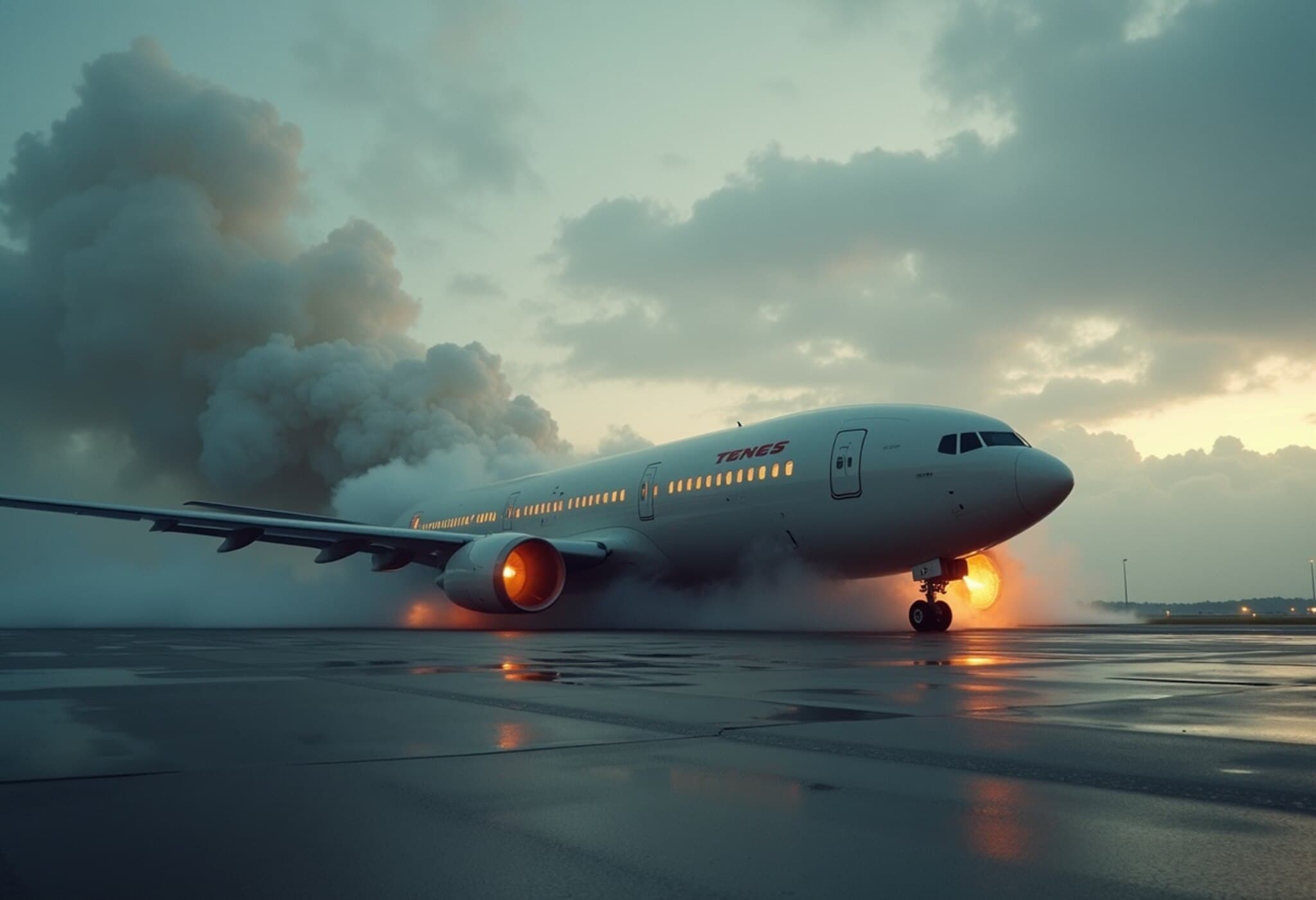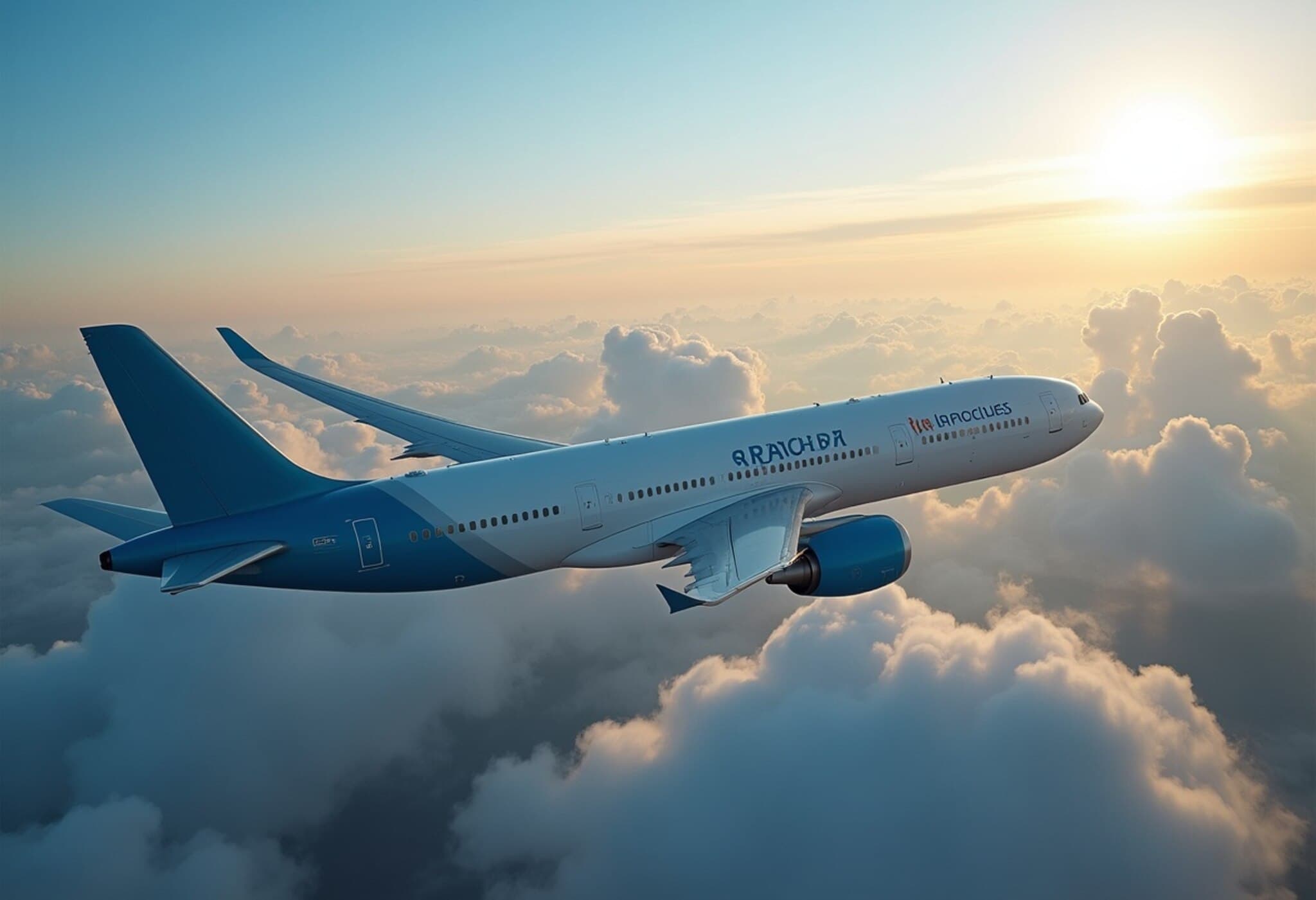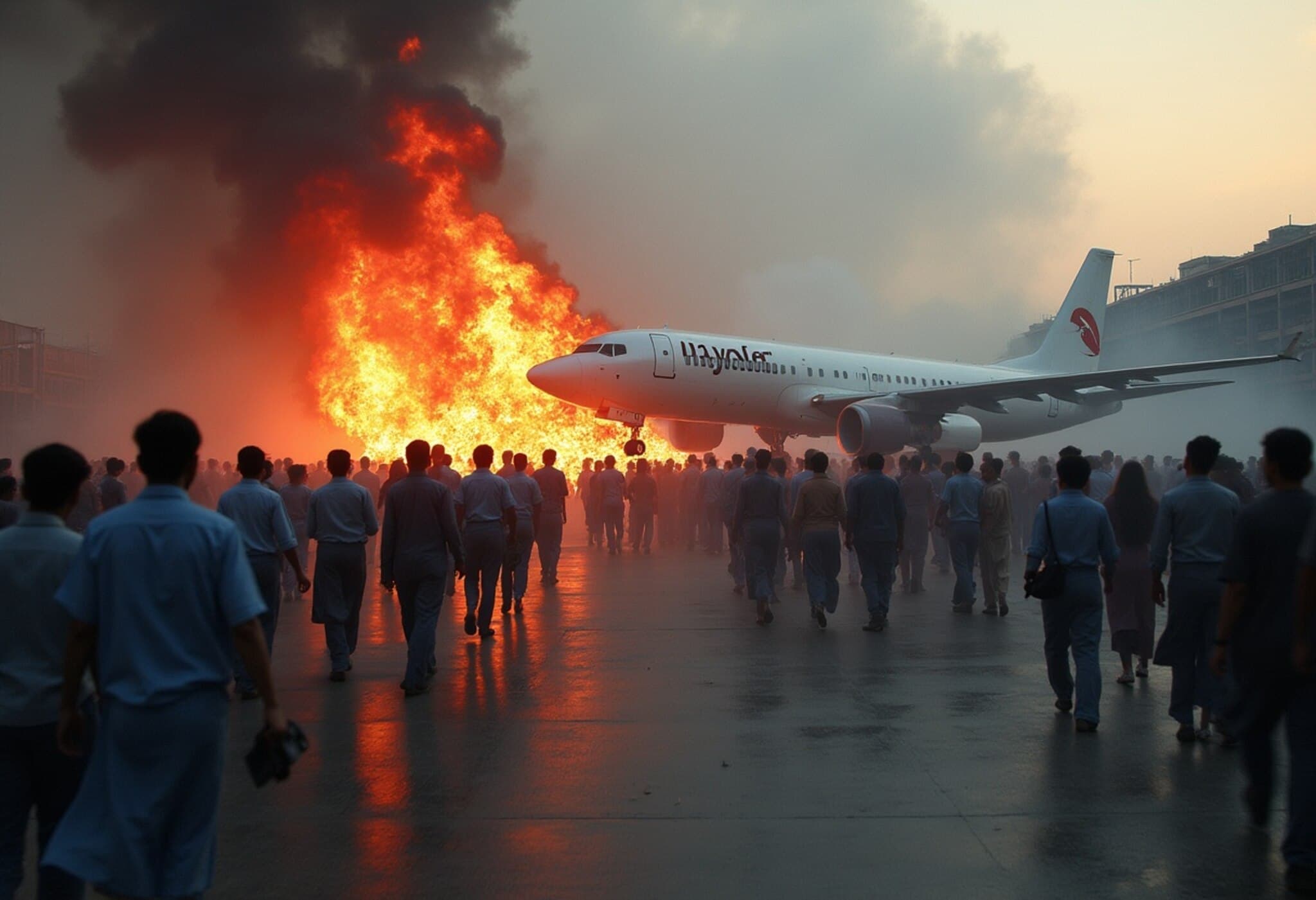Airlines Set to Achieve $7.20 Profit Per Passenger in 2025
The International Air Transport Association (IATA), representing over 350 airlines worldwide, has projected a robust financial outlook for the airline industry this year. Airlines are expected to generate a net profit of USD 36 billion on revenues amounting to USD 979 billion in 2025. This translates into an average net profit of USD 7.20 per passenger, reflecting a net margin of 3.7 percent.
Declining Cost of Air Travel Amid Rising Challenges
Despite ongoing increases in operational costs and taxation, the real cost of flying has dropped by approximately 40 percent over the past decade. This decline has been a critical factor in driving air travel demand, which is projected to surpass 5 billion passengers annually. The airline industry continues to contribute significantly to the global economy, supporting 3.9 percent of global GDP and providing employment to over 86 million people worldwide.
Industry Growth and Supply Chain Constraints
While growth remains steady, it has slowed due to persistent supply chain difficulties, particularly in aircraft manufacturing. The delivery backlog for new planes currently stands at around 17,000 units, with a waiting time of up to 14 years between order and delivery. Additionally, the expected aircraft deliveries in 2025 are projected to be 26 percent fewer than initially promised last year.
Fleet Challenges and Operational Impact
- More than 1,100 aircraft younger than 10 years are currently grounded, accounting for 3.8 percent of the total global fleet, nearly triple the pre-pandemic rate.
- The annual fleet replacement rate is only 3 percent, considerably below the typical 5-6 percent.
These constraints result in unmet passenger demand and higher maintenance and leasing costs, negatively impacting airline revenues. Industry leaders have called for urgent action to resolve these bottlenecks, emphasizing that resolving such issues could take nearly a decade if no immediate measures are taken.
Regulatory Environment and Safety Concerns
Regulatory measures continue to pose challenges, with industry experts highlighting the necessity of cost-benefit analyses to ensure that regulations enhance rather than hinder affordability and value creation. Inefficient regulations can detour progress and negatively affect airline profitability.
On safety, less than half of accident investigations conducted over the past six years have resulted in published final reports. This lack of transparency may result in missed opportunities for safety improvements. In the last year, there were seven fatal accidents across 40.6 million flights, resulting in 244 fatalities among 4.8 billion passengers. Furthermore, conflict zones and interference with navigation systems have raised new safety concerns for civil aviation globally.
Outlook for Indian Aviation Market
India, one of the world's fastest-growing civil aviation markets, shows increasing air traffic demand. However, concerns regarding fare trends persist amid these growth patterns. The IATA meeting held in India—the first in 42 years—spotlighted these issues and underscored the importance of addressing supply chain and regulatory challenges to sustain growth and profitability.

